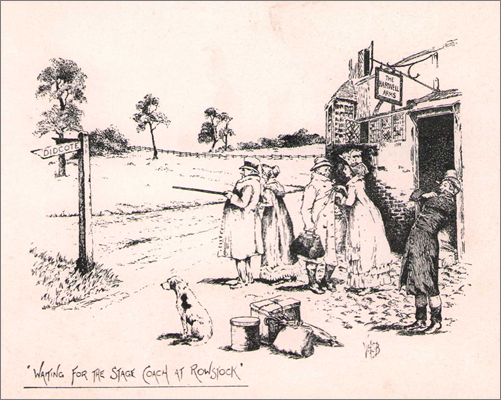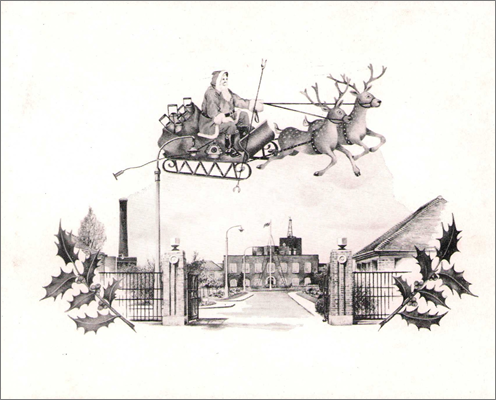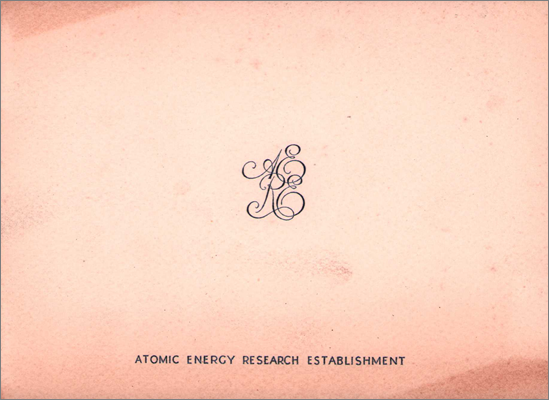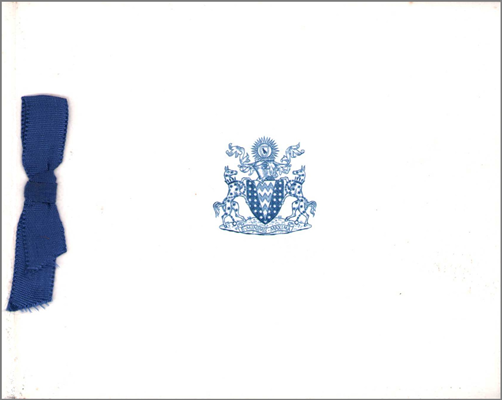

The years in which these cards were sent is unknown.





AERE Welfare Fund Concert held on 23 March 1955 on the occasion of the opening by John Cockcroft of the New Lecture Hall. The conductor was Walter Busbridge with some surprise guest musicians:

Concert to celebrate the 10th anniversary of AERE on 23 November 1956 with music chosen by the Director; conductor Walter Busbridge with soloist Otto Frisch:

The Gilbert U-238 Atomic Energy Lab was released to the public in 1950 as a fun toy to teach young people about nuclear and chemical reactions using radioactive material. It cost $49.50 and contained a battery-powered Geiger-Muller counter, electroscope, spinthariscope, Wilson cloud chamber with short-lived alpha source (Po-210), four glass jars containing natural uranium-bearing (U-238) ore samples, low-level radiation sources, "nuclear spheres" for making a model of an alpha particle, three batteries and a selection of books and manuals. Fewer than 5,000 Atomic Energy kits were sold, perhaps due to the relatively high price rather than the safety concerns of the era.
US Department of Energy article: Holiday toy shopping during the 1950s looked a bit different than during the 2020s.
Cartoonist Alan Dunn was best known for his work in The New Yorker but perhaps inspired by the Gilbert U-238 he imagined an entire toy shop filled with all sorts of radioactive and accelerator goodies.
Alan Dunn (Wikipedia)
During the early 1960s millions of people were exposed to clouds of radioactive xenon gas which was sprayed from the top of an incinerator stack at Harwell. It travelled so fast however that scientists waiting to measure it 62 kilometres away did not have time to monitor it before it swept over their heads and on towards London.
BBC News article: "Millions exposed" in 1960s experiments
Harwell found themselves having to rebut a letter purportedly from the Radiation Prevention Officer following a prank inspired by this and other experiments of a questionable nature:
In February 1950, Harwell theoretical physicist Klaus Fuchs was arrested as a spy for passing British atomic secrets to the Soviet Union. In September later that year Bruno Pontecorvo and his family disappeared abruptly, helped by Soviet agents to enter the Soviet Union from Finland. Both betrayals caused public anxiety and suspicion about the Cold War, as well as straining Anglo-American relations over the Manhattan Project. Harwell was understandably horrified and immediately re-evaluated its security protocols and vetting procedures for government and scientific personnel. The cartoon below by Leslie Illingworth was published in Punch on 1st November 1950 as a satirical commentary on the public's perception of Harwell following these arrests.
Leslie Illingworth was a political cartoonist best known for his work for the Daily Mail and Punch.
Leslie Illingworth (Wikipedia)